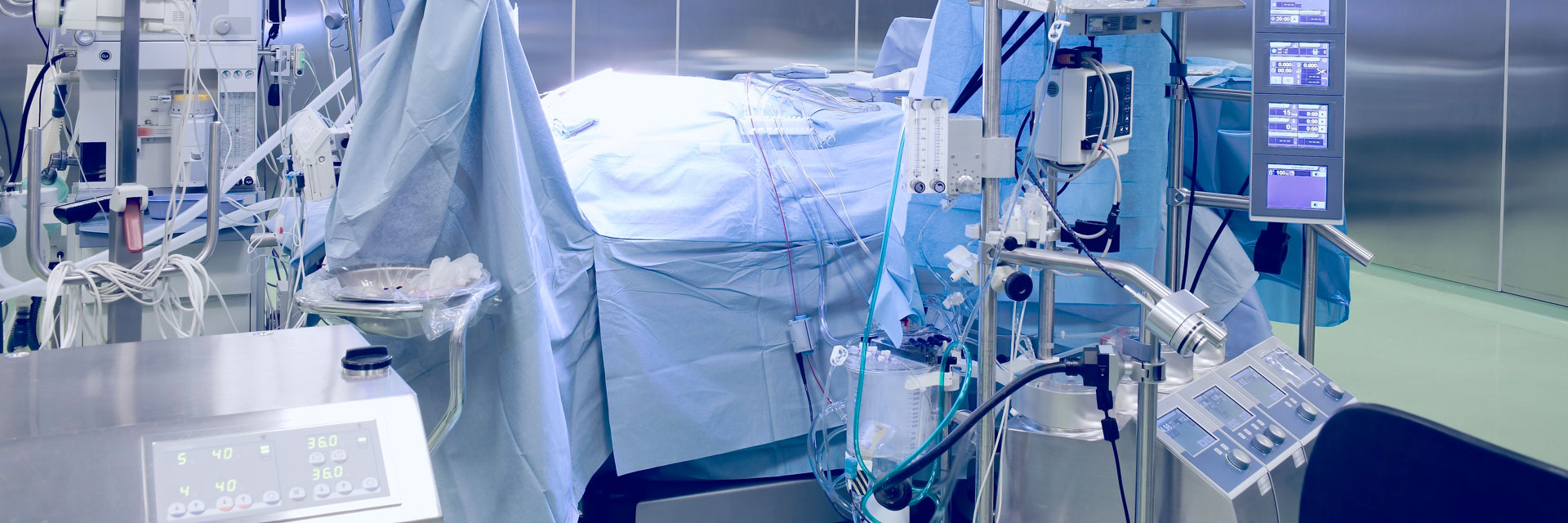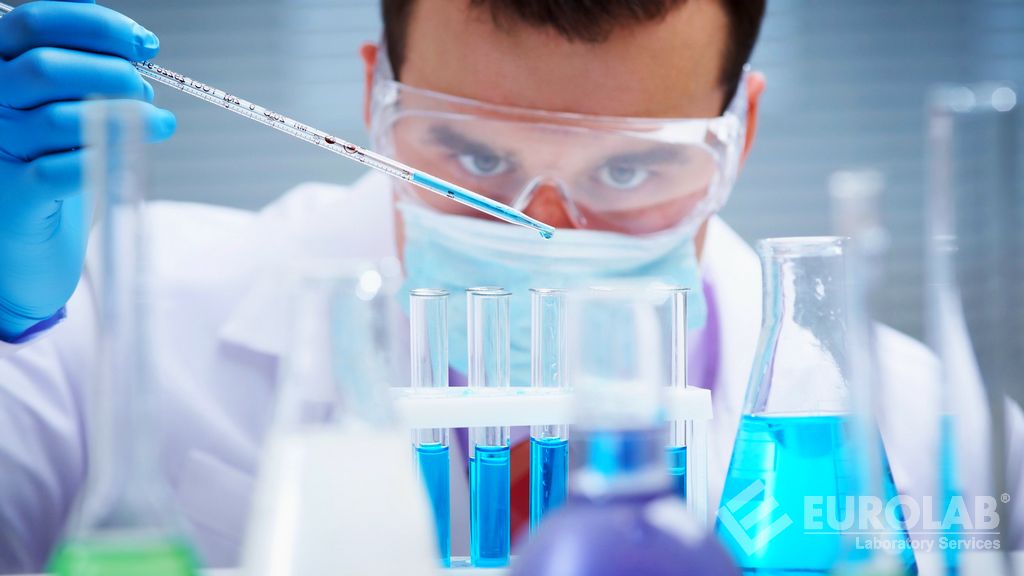

Continually low doses of antibiotics are given to animals routinely to prevent disease, promote faster growth and increase incomes in closed media used for feeding animals.

However, the amount of antibiotics used contributes to antibiotic resistance in pathogens that cause disease in humans and poses serious risks to public and environmental health.
Antibiotics used in this way reach the environment through soil and water, usually from animal wastes that are stored or spread on fields. These drugs can be transmitted to humans after entering the water. Groundwater is an important source of drinking water. According to a study conducted in the USA in 2009, 80 percent of the antibiotics sold were given to livestock and poultry, only 20 percent were used by humans.
Therefore, the use of antimicrobial drugs contributes to the emergence of drug-resistant organisms and these important drugs need to be used wisely in both animal and human medicine. Strict restrictions must be imposed on the use of antibiotics in livestock.
Hormone residues commonly used to promote growth in cattle, dairy cows and sheep also increase the risk of cancer in humans and lead to higher infection rates in animals. This use of hormones is prohibited in many European countries and in Australia, Japan and New Zealand. The USA does not allow the use of hormones in pork or poultry products, but it is widely used in beef cattle, dairy cows and sheep.
For years, experts have expressed serious concern about the various potential health effects associated with the use of hormones in animals. Six commonly used growth hormones are known to have endocrine, developmental, immunological, neurobiological, genotoxic and carcinogenic effects. Exposure to even small levels of residues in meat and meat products carries risks.
In short, pesticides should not be present in products, hormones in milk and antibiotics in meat. With the developed test methods, these chemical mixtures can now be detected in foods and in the human body. Although the amounts are small and there is debate as to whether they are harmful or not, their presence alone is troubling for many, especially young children. Unfortunately, modern food production contains a wide variety of synthetic chemicals, and many of these chemicals have the potential to harm humans when exposed to high or low concentrations over an extended period of time.
Our organization also provides hormone and antibiotic determination services within the framework of national and international standards, with its trained and expert staff and advanced technological equipment, among the numerous test, measurement, analysis and evaluation studies it provides for businesses in various sectors.
To get an appointment, to get more detailed information or to request an evaluation, you can ask us to fill in our form and reach you.